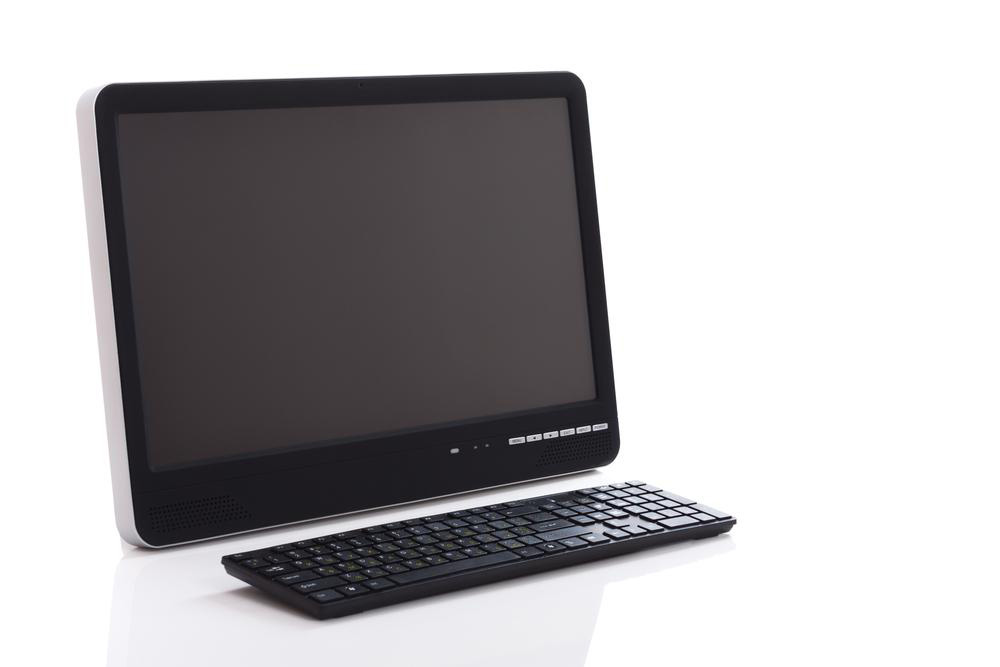Why buy an all-in-one PC?
Modern day computers are designed to be simple and compact. The first computer monitors were large, bulky, awkward cathode ray tubes. The most common form of computer consisted of an integrated monitor, computer system, and input devices. CRT monitors have since become obsolete due to the rise in popularity of flat screen technology. As the size of monitors decreased, the ability to integrate the computer case and the monitor increased.

The most successful of this type was the Apple iMac, which was launched in 1988. Though many other contemporary manufacturers tried, they failed to replicate Apple’s success.
Comparison With Desktops
All-in-one PCs are made in the working structure of a traditional desktops in terms of features and functions. The only difference lies in their components. All-in-ones are a single unit, versus the desktop that comprises of the processing unit plus a separate monitor. This gives the all-in-one an edge of a smaller size and simplicity over the desktop.
The all-in-ones win over the desktop in terms of required cables. The monitor is integrated into the system, hence no need for a monitor cable or separate display power cord. This reduces the clutter of tangled wires.
However, they have heating issues, lower power, and performance hindrances. Another issue is their upgradability. A desktop can be easily opened to upgrade or replace a worn-out part, which is not the case with an all-in-one.
Is A Laptop A Better Buy?
The main reason behind the creation of an all-in-one PC was to conserve space over a desktop computer. Laptops have have overtaken this on the size factor.
As the components of all-in-ones are similar to laptops, the workings are similar. The screen size of laptops being smaller adds an advantage in terms of compactness.
The all-in-one is still is tethered to a desktop, though smaller than a traditional desktop. Laptops have the edge of mobility and the ability to work on their battery packs. This makes laptops far more flexible. The tablet-type all-in-ones can operate on batteries too.
The main advantage again the cost friendly nature of laptops over all-in-ones.
Conclusion
Due to the rise of laptops and tablets, the use of traditional desktop PCs has tremendously decreased. Desktop sales have dropped in the past couple of years. However, the niche all-in-one market is still doing quite well. This market segment will continue to be viable for some time.
The sleek designs and space savings continue to win over aesthetic- conscious consumers. From the popularity of the initial Apple Mac designs in the 1980’s, the all-in-one computers have continued to be popular. As technology changes, the ability to distinguish between laptops and all-in-one PC’s will fade.